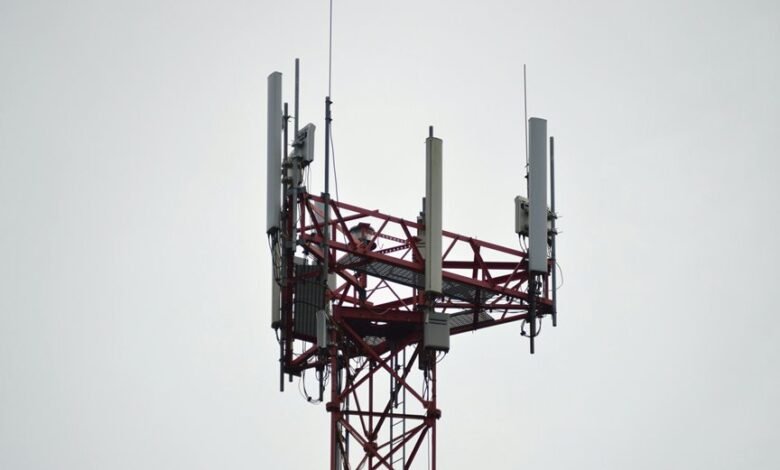2080594990 Drop Frequency Across Networks

Drop frequency, identified by 2080594990, is a critical metric in assessing network performance. It reflects the rate at which packets are lost during transmission, often due to congestion or system malfunctions. Understanding the implications of high drop frequency is essential for optimizing network infrastructure. The subsequent examination will reveal not only the causes behind this phenomenon but also the strategies that can effectively mitigate its impact on overall connectivity and user satisfaction.
Understanding Drop Frequency and Its Importance
Drop frequency, which refers to the rate at which data packets fail to reach their intended destination across various networks, plays a critical role in evaluating network performance and reliability.
High packet loss adversely affects network stability, leading to degraded user experiences and compromised data integrity.
Understanding this metric is essential for optimizing network configurations and ensuring consistent, reliable communication across digital infrastructures.
Common Causes of Packet Loss in Networks
Packet loss in networks can stem from a variety of factors that compromise data transmission integrity.
Common causes include network congestion, where excessive traffic overwhelms capacity, and hardware failure that disrupts data flow.
Additionally, software bugs may introduce errors, while environmental interference, such as electromagnetic interference, can disrupt signals.
Lastly, configuration errors can lead to improper routing, exacerbating packet loss issues.
Impact of Drop Frequency on User Experience
When users encounter frequent data loss, their overall experience is significantly affected, leading to frustration and reduced satisfaction.
This drop frequency exacerbates latency issues, resulting in slower response times and disrupted connectivity.
The cumulative effect undermines user confidence in network reliability, ultimately diminishing user satisfaction.
Addressing these challenges is crucial for maintaining an optimal and enjoyable user experience in data-driven environments.
Strategies for Reducing Drop Frequency Across Networks
Implementing effective strategies to reduce drop frequency across networks is essential for enhancing overall performance and user satisfaction.
Key approaches include traffic optimization techniques that manage data flow efficiently and reduce congestion, alongside establishing network redundancy to provide alternative pathways during outages.
These strategies collectively minimize disruptions, ensuring consistent connectivity and a seamless user experience across diverse network environments.
Conclusion
In conclusion, the relentless scourge of drop frequency, quantified by 2080594990, can devastate network performance, leading to catastrophic user dissatisfaction reminiscent of an apocalyptic digital landscape. If left unaddressed, packet loss can transform seamless communication into a chaotic barrage of interruptions, leaving users stranded in a virtual void. However, through strategic optimizations and robust redundancies, networks can emerge victorious, reclaiming their integrity and ensuring a utopian experience of uninterrupted connectivity for all digital citizens.




